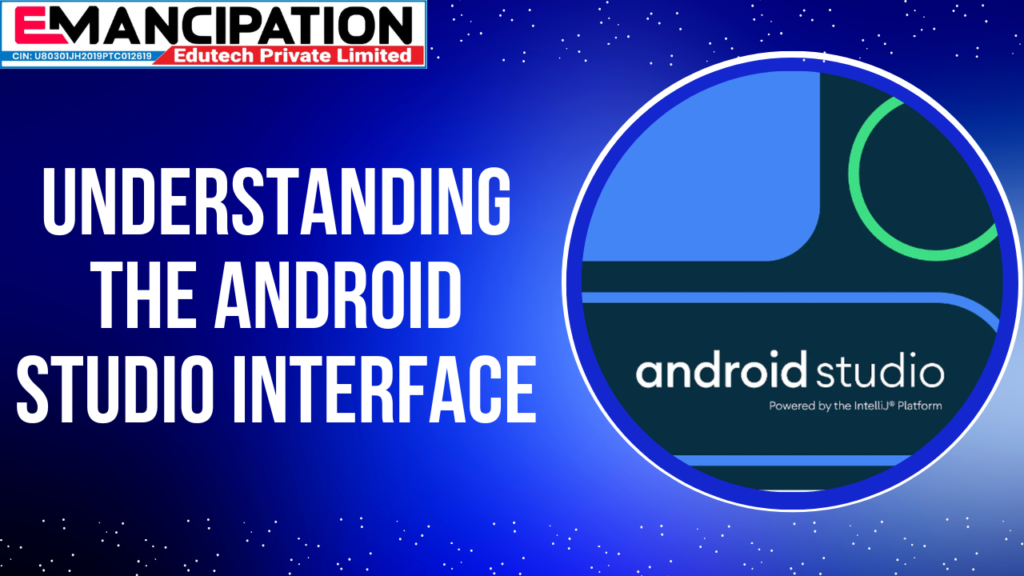One way to separate the core library codes and GUI components in a Java app for Android development is by using the Model-View-Controller (MVC) architectural pattern. The MVC pattern divides the application into three main components: the model, the view, and the controller.
The model represents the core logic of the application. It contains the business rules, data manipulation, and algorithms. By separating the model from the GUI components, you can ensure that the core functionality of the app remains independent of the user interface. This allows for easier testing and maintenance of the codebase.
The view component is responsible for displaying the user interface to the user. It consists of the XML layout files, which define the structure and appearance of the app’s screens. By separating the view from the model and controller, you can easily update the user interface without affecting the core functionality of the app.
The controller acts as the intermediary between the model and the view. It handles user input, updates the model, and updates the view accordingly. By separating the controller from the model and view, you can ensure that the user interface remains responsive and that the business logic of the app is decoupled from the user interface.
In addition to using the MVC pattern, you can also separate the core library codes and GUI components by using package structure. By organizing your code into different packages, you can easily distinguish between the core functionality and the user interface components. For example, you can have a “com.example.app.model” package for the model classes and a “com.example.app.view” package for the GUI components.
Separating the core library codes and GUI components in a Java app for Android development not only improves the maintainability of the codebase but also enhances the scalability and reusability of the application. It allows for easier collaboration among developers and makes it simpler to add new features or modify existing ones. By following these best practices, you can create a well-structured and efficient Android app that is easy to maintain and update.
1. Model-View-Controller (MVC) Architecture
One popular approach to separate the core library codes and GUI components is by using the Model-View-Controller (MVC) architecture. MVC is a design pattern that divides an application into three interconnected components: the model, the view, and the controller.
The model represents the data and the business logic of the application. It encapsulates the core functionality and handles the data manipulation and storage. In the context of an Android app, the model component can include classes for handling data fetching, parsing, and storage.
The view is responsible for displaying the user interface to the user. It includes all the GUI components such as buttons, text fields, and layouts. In an Android app, the view component is typically implemented using XML layout files.
The controller acts as an intermediary between the model and the view. It handles user input, updates the model, and updates the view accordingly. In an Android app, the controller component is often implemented using Java classes that extend the various lifecycle callbacks provided by the Android framework.
By following the MVC architecture, you can separate the core library codes (model) from the GUI components (view) and the code that handles user interactions (controller). This separation allows for better code organization, reusability, and maintainability.
One of the key advantages of using the MVC architecture is the ability to easily modify and update different components of the application without affecting the others. For example, if you need to change the way the data is stored or fetched in your Android app, you can make the necessary modifications in the model component without having to touch the view or the controller. This modularity makes it easier to maintain and test the different parts of the application independently.
Another benefit of using MVC is the improved reusability of code. Since the model, view, and controller are separate entities, you can reuse them in different parts of your application or even in other projects. For example, if you have a complex data manipulation logic in your model, you can reuse it in multiple views or controllers without duplicating code.
Furthermore, the MVC architecture promotes better code organization and readability. By separating the different responsibilities into distinct components, it becomes easier to understand and navigate through the codebase. This can be especially helpful when working on larger projects with multiple developers, as it provides a clear structure and guidelines for organizing the code.
In conclusion, the Model-View-Controller (MVC) architecture is a powerful design pattern that can greatly improve the organization, reusability, and maintainability of an Android application. By separating the core functionality (model) from the user interface (view) and the code that handles user interactions (controller), you can create a more modular and flexible codebase. This, in turn, makes it easier to update and modify different components of the application without affecting the others, leading to a more efficient and scalable development process.
2. Package Structure
Another way to separate the core library codes and GUI components is by organizing your codebase into different packages. This approach helps in keeping related classes together and makes it easier to locate and maintain the code.
One common package structure for separating the core library codes and GUI components is as follows:
- com.example.app – This is the main package for your application. It serves as the root package that contains all the other packages and classes.
- com.example.app.model – This package contains the classes related to the core library codes and business logic. Here, you can define classes that represent the data model of your application, as well as classes that implement the core functionality of your application.
- com.example.app.ui – This package contains the classes related to the GUI components and user interface. Here, you can define classes that represent the different screens or windows of your application, as well as classes that handle the rendering and interaction with the user interface.
- com.example.app.controller – This package contains the classes that act as controllers and handle user interactions. Here, you can define classes that listen for user input, process it, and update the model and view accordingly.
By organizing your codebase into separate packages, you can easily identify and work on specific components of your application. It also promotes code reusability and modularity.
Furthermore, this package structure provides a clear separation of concerns, making it easier to understand and maintain the codebase. The com.example.app.model package focuses on the core functionality of the application, such as data manipulation and business logic. The com.example.app.ui package, on the other hand, is responsible for the visual representation of the application and user interaction. Lastly, the com.example.app.controller package acts as the bridge between the model and the view, handling user input and updating the model accordingly.
Having a well-structured package hierarchy also allows for easier collaboration among team members. Each package can be assigned to a specific team or individual, making it easier to work on different parts of the application simultaneously. Additionally, it facilitates code reuse, as classes in the com.example.app.model package can be used by multiple classes in the com.example.app.ui package, promoting a modular and efficient development process.
3. Dependency Injection
Dependency Injection is a technique that allows you to separate the creation and management of objects from their dependencies. By using Dependency Injection, you can easily switch between different implementations of a dependency without modifying the code that uses it.
In the context of separating core library codes and GUI components in a Java app for Android development, Dependency Injection can be used to inject the necessary dependencies into the GUI components.
For example, you can define an interface for your core library code, and then create different implementations of that interface. The GUI components can then be injected with the appropriate implementation of the interface based on the specific requirements of the app.
There are several Dependency Injection frameworks available for Android development, such as Dagger and Koin, which can help simplify the process of injecting dependencies into your app.
One popular Dependency Injection framework for Android development is Dagger. Dagger is a compile-time framework that generates code to perform the dependency injection. It uses annotations and a set of rules to determine how dependencies should be injected. With Dagger, you define your dependencies using annotations, and Dagger takes care of generating the necessary code to inject those dependencies into your app.
Another popular Dependency Injection framework for Android development is Koin. Koin is a lightweight framework that uses a DSL (Domain Specific Language) to define your dependencies. With Koin, you define your dependencies in a module, and then use the Koin DSL to inject those dependencies into your app. Koin also supports other features such as lazy loading and scoping.
Both Dagger and Koin provide a way to manage and inject dependencies in your Android app, but they have different approaches and syntax. Dagger is more complex and requires more setup, but it offers more flexibility and performance. Koin, on the other hand, is simpler to use and has a more concise syntax, but it may not be as powerful or efficient as Dagger.
Regardless of the framework you choose, Dependency Injection can greatly improve the maintainability and testability of your Android app by decoupling the dependencies from the components that use them. It allows you to easily switch between different implementations of a dependency, making your code more flexible and adaptable to changes.



